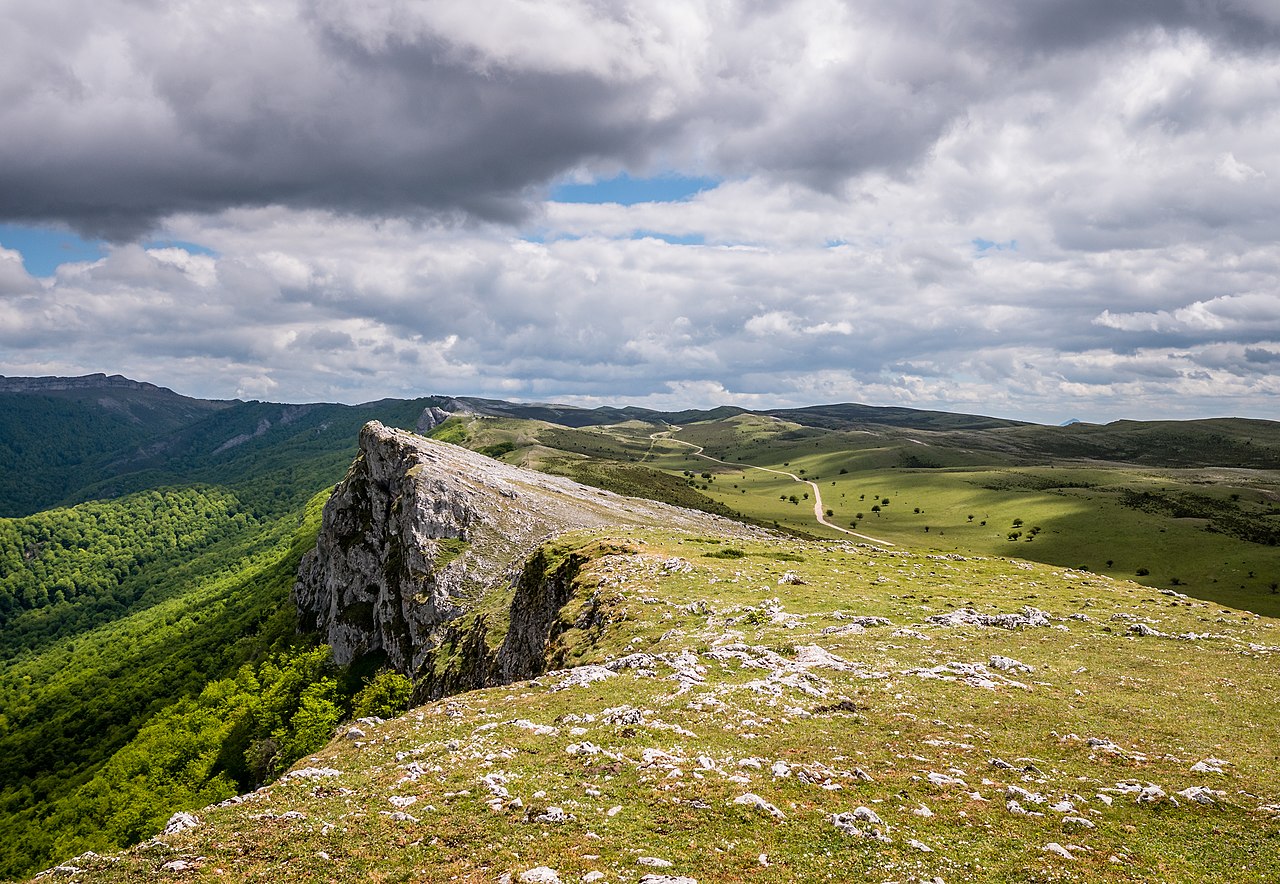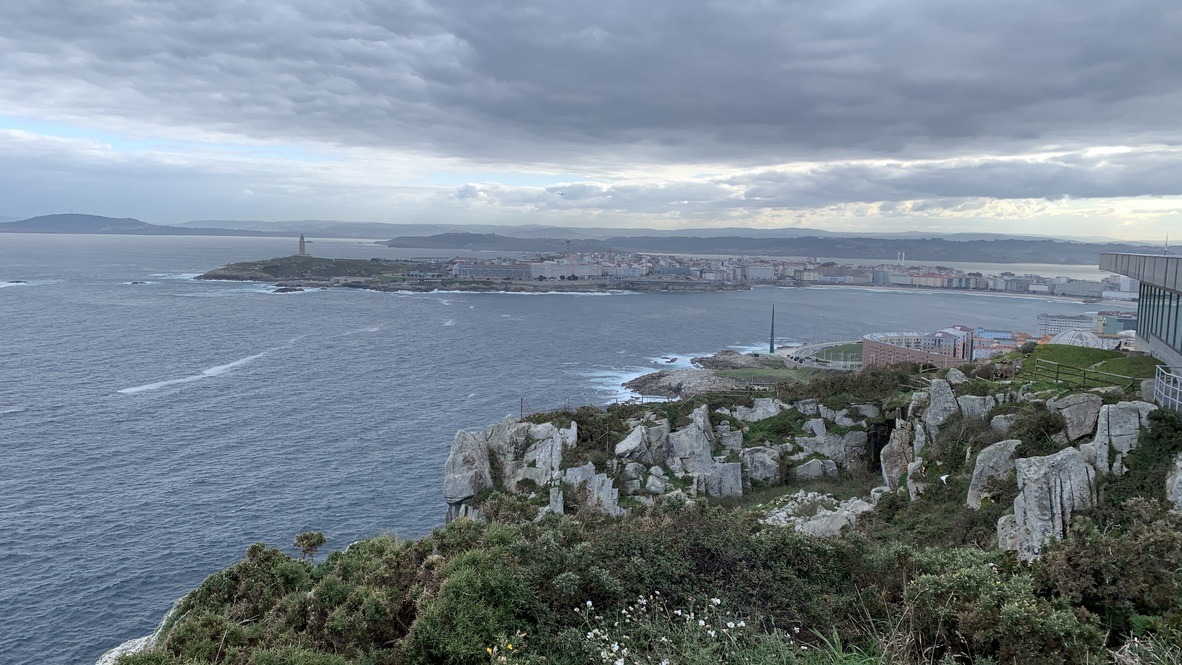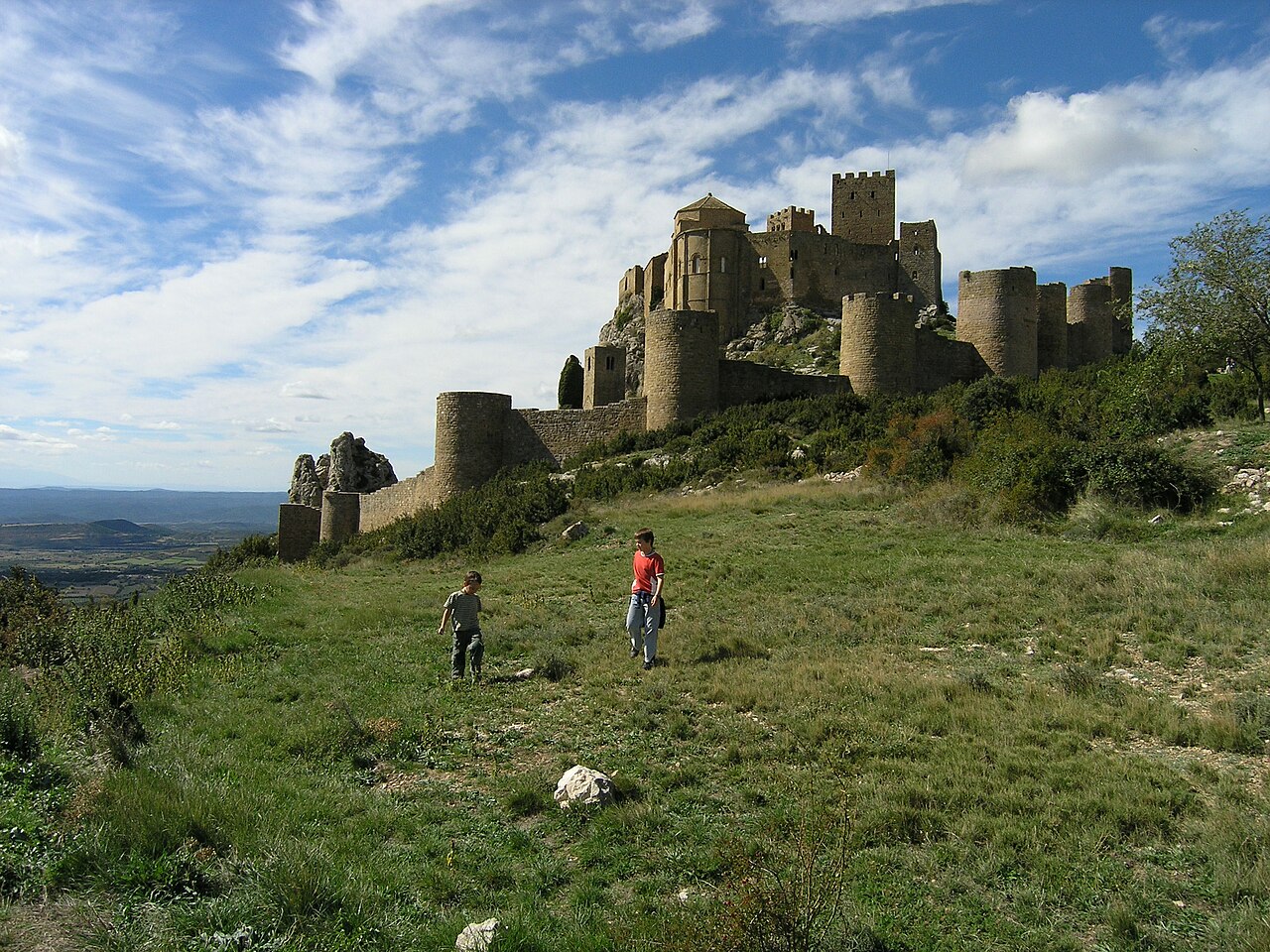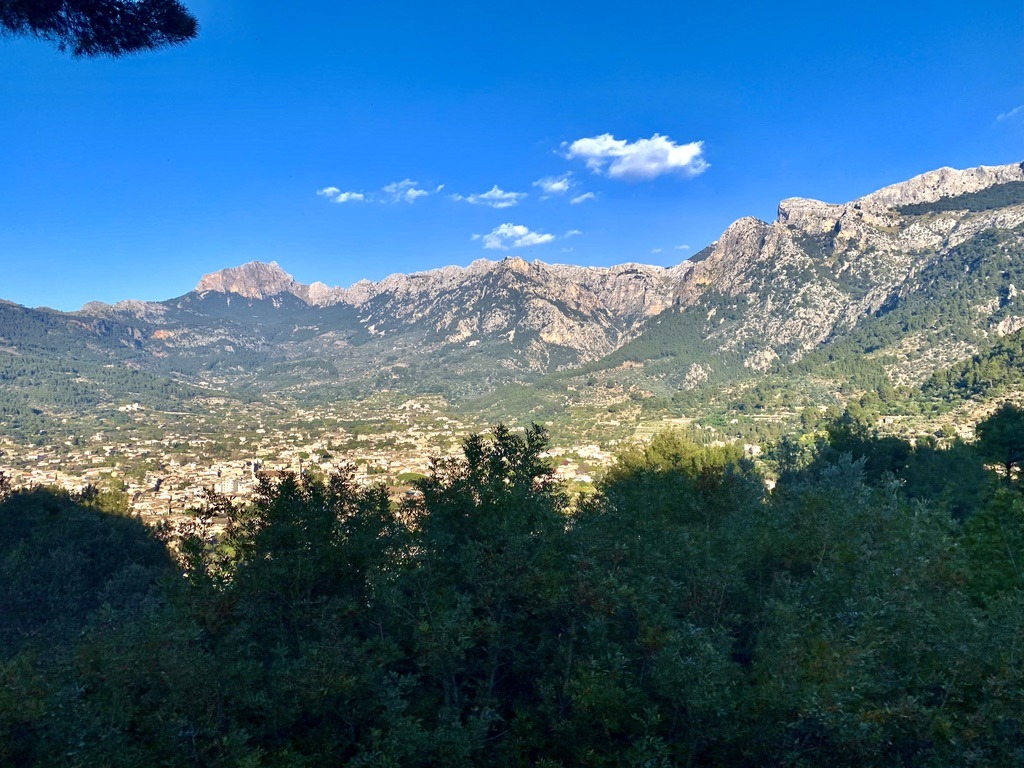Navarra enchants visitors with its stunning landscapes, rich cultural heritage, and delicious cuisine. Whether you’re exploring historic towns, hiking through beautiful natural parks, or savoring local dishes, Navarra offers a memorable and enriching travel experience.
Getting There and Around
Navarra, located in northern Spain, is a region known for its diverse landscapes, historical sites, and vibrant culture. The main gateway is Pamplona Airport, offering domestic flights, and nearby Bilbao and Zaragoza airports serve international travelers. Navarra is well-connected by train and bus services, with major routes passing through Pamplona, the capital city. Renting a car is a convenient option for exploring the region, especially for accessing rural areas and natural parks. Public transportation within cities includes buses, and many towns have pedestrian-friendly areas.
Top Attractions
- Pamplona: Famous for the Running of the Bulls during the San Fermín festival, Pamplona offers a rich history, beautiful parks, and a charming old town. Highlights include the Plaza del Castillo, Pamplona Cathedral, and the city walls.
- Olite: Known for its stunning medieval castle, the Royal Palace of Olite, this town is a must-visit for history enthusiasts. The town also boasts charming streets and vineyards producing excellent local wines.
- Bardenas Reales: A unique semi-desert natural park with striking landscapes, including rocky outcrops and canyons. It’s perfect for hiking, cycling, and photography.
- Roncesvalles: A small village known as a starting point for the Camino de Santiago pilgrimage. The Collegiate Church of Roncesvalles and the surrounding Pyrenees Mountains offer beautiful scenery and historical significance.
- Tudela: The second-largest city in Navarra, Tudela is known for its rich cultural heritage, with highlights including the Cathedral of Santa María, the old town, and the annual vegetable festival, which celebrates the region’s agricultural produce.
- Baztan Valley: A picturesque area with lush landscapes, charming villages, and traditional Basque culture. It’s ideal for exploring nature, hiking, and experiencing local traditions.
Culture and Cuisine
Navarra’s cultural heritage is a blend of Basque, Roman, and medieval influences. The region is famous for its festivals, with the San Fermín festival in Pamplona being the most renowned, attracting visitors from all over the world for its exhilarating bull runs and lively celebrations.
Navarrese cuisine is hearty and varied, featuring local ingredients and traditional recipes. Must-try dishes include pochas (a type of bean stew), cogollos de Tudela (lettuce hearts served with anchovies and garlic), pimientos del piquillo (piquillo peppers stuffed with meat or seafood), and cordero al chilindrón (lamb stew with tomatoes and peppers). The region is also known for its excellent wines, particularly those from the Navarra wine region. Don’t miss trying cuajada (a creamy dessert made from sheep’s milk) and pacharán (a local liqueur made from sloe berries).
Shopping
For shopping enthusiasts, Pamplona offers a mix of local boutiques, specialty stores, and artisan shops. The old town is ideal for finding unique souvenirs, handcrafted goods, and traditional Navarrese products such as ceramics, textiles, and gourmet food items. Local markets, like the Mercado de Santo Domingo in Pamplona, are great places to buy fresh produce, local delicacies, and artisanal goods.
Day Trips
Navarra’s diverse landscape and rich history make it ideal for day trips:
- Javier Castle: A well-preserved medieval castle with a fascinating history, located in the town of Javier. The castle is associated with Saint Francis Xavier and offers beautiful views of the surrounding countryside.
- Urbasa-Andía Natural Park: A stunning natural area with lush forests, limestone formations, and scenic viewpoints. It’s perfect for hiking, bird watching, and enjoying the tranquility of nature.
- Monastery of Leyre: A historic monastery set in a beautiful location in the foothills of the Pyrenees. The monastery features impressive architecture, a serene atmosphere, and stunning views.
Practical Tips
- Best Time to Visit: Spring (April to June) and Fall (September to November) offer mild weather and fewer tourists. The San Fermín festival in July is a unique experience, but the city can be very crowded. Summers can be hot, while winters are cold but quieter.
- Language: Spanish and Basque are the official languages. While English is spoken in tourist areas, learning some basic Spanish or Basque phrases can enhance your experience and interactions with locals.
- Safety: Navarra is generally safe, but as with any tourist destination, be mindful of your belongings in crowded areas and tourist sites to avoid pickpocketing.





